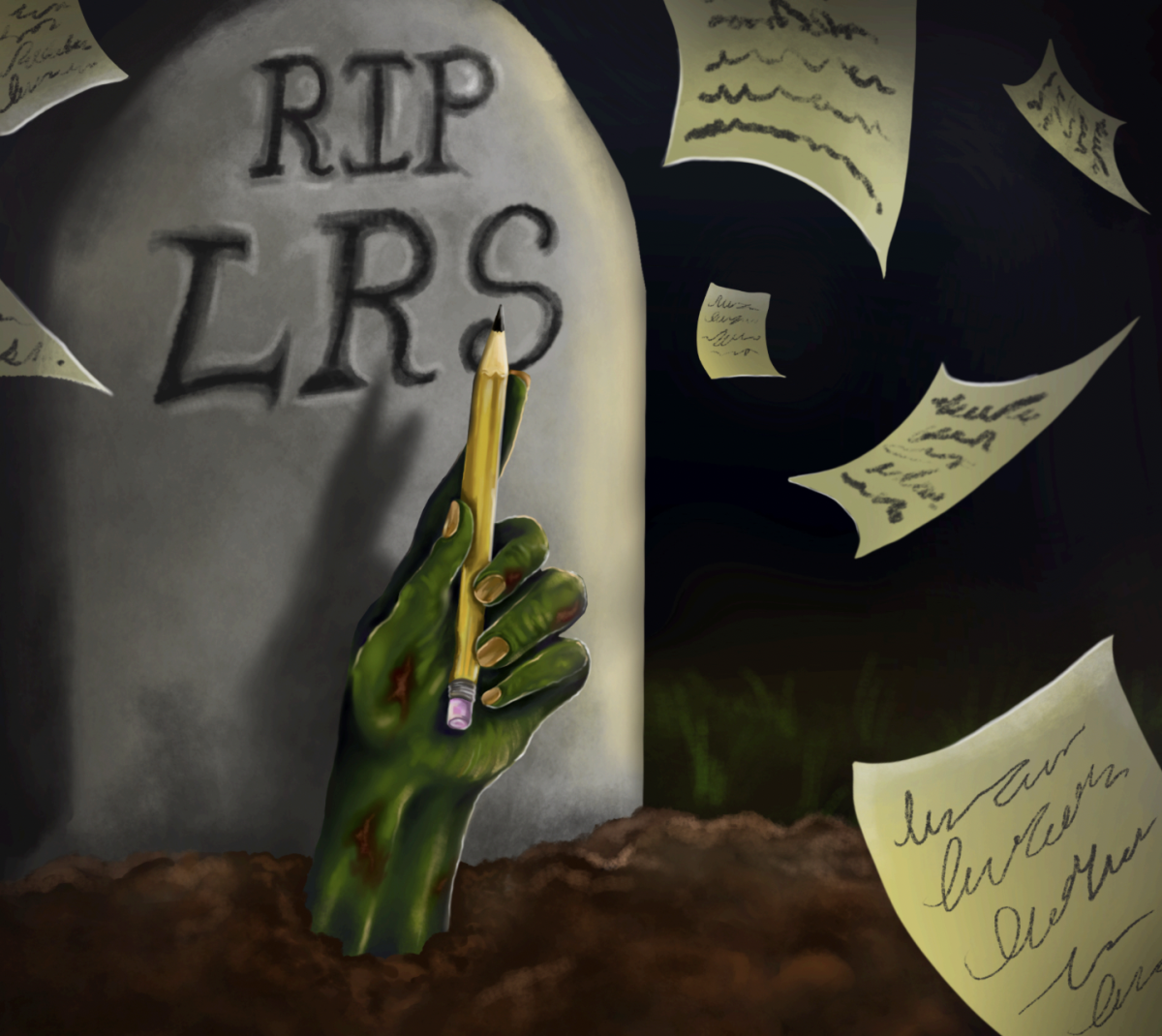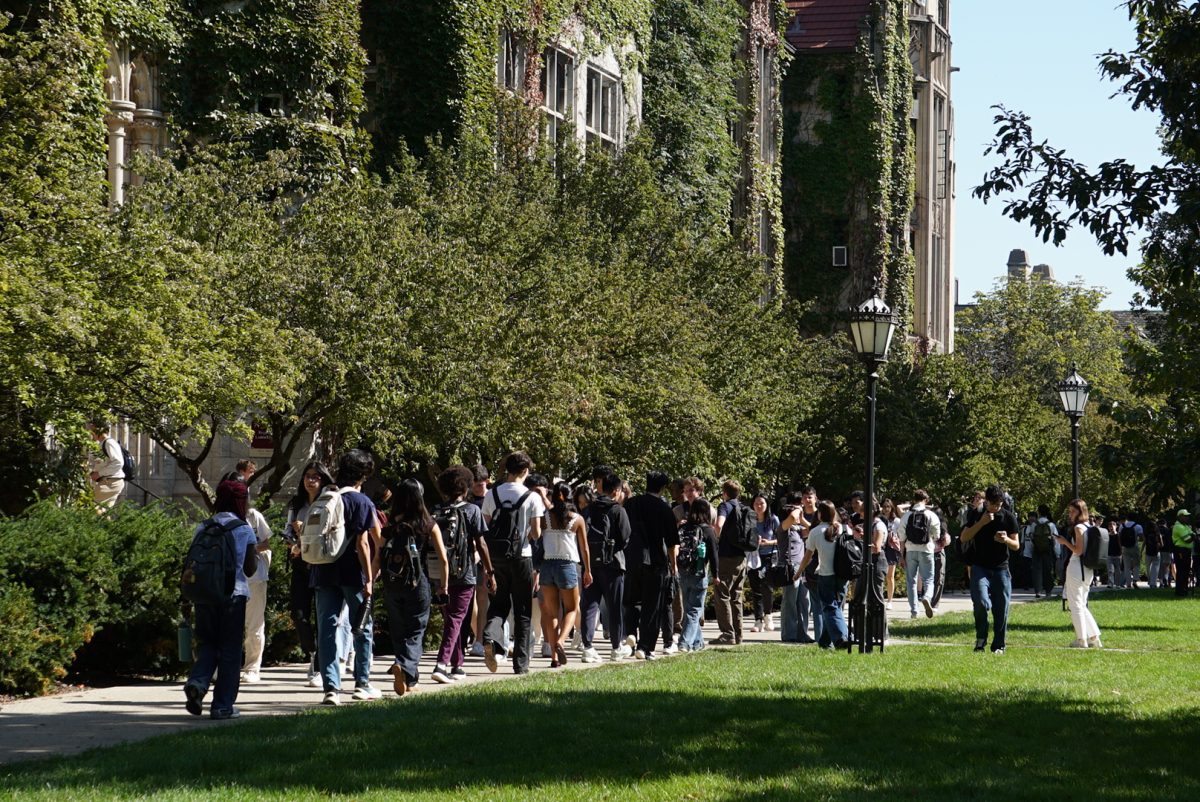It isn’t unusual to hear starving college students complaining about the costs that their school tries to-stick on them, but let’s be honest about the way that the U of C treats its students. Up-front, we pay one of the highest sticker price tuitions in the country.
On the other hand, the high sticker price makes sense. It allows for generous financial aid to those who couldn’t otherwise afford a U of C education. Also, the actual cost to the University of four years of education is even higher than what anyone pays.
With that said, there is a legitimate bone to pick with the way the U of C nickel and dimes us in a number of areas. Study-abroad programs are notorious for exorbitant fees. Similarly, the meal plan is a $4,638 behemoth that every first-year has to buy, of which large portions often remain unused. But strangely, the math for these expenses often does not add up.
Take the Bartlett freshman meal plan: Over three quarters you get 2,700 meal points, which are equivalent to a dollar a piece, and 330 flex dollars. By our count that is $3,030 for a $4,638 price tag.
The problem is that this money could be going to a good cause. It could be subsidizing lower meal plans for low-income students or going toward paying for the dining facilities. Maybe this is happening currently, but we aren’t told what purposes these seemingly excessive costs cover. The money could just as easily be going toward Ferraris for every Aramark employee.
Increased transparency would be in the interest of the University. The U of C is infamous for its low alumni-donation rate. If the administration wants that to change, one positive and obvious step forward would be showing current students that their future donations would go to good use.
If the University expects students to blithely hand over their money, it should at least tell us where it goes. President Zimmer has emphasized improving student life at the U of C, and one way to universally improve student life is to give students the peace of mind that comes with knowing their tuition dollars being spent well. Indeed, financial transparency would indicate that the administration takes its students seriously.








